Students uncover historic homes in Fall River's first 'downtown': Here's where they are
FALL RIVER — People still remember the “good old days” of Fall River’s downtown when the streets bustled with life. A group of students from Roger Williams University recently received citations for their research into Fall River’s original downtown, which no one alive today remembers in its heyday: Steep Brook.
The area around North Main Street from about Herman Street to the Airport Road rotary is still known to locals as Steep Brook. What’s less well-known is how vital that area was to the city’s development — and how much of it we’ve lost.
Three RWU historic preservation students and professor Elaine Stiles unveiled a presentation at the April 30 Historical Commission meeting about Steep Brook’s storied past, with recommendations for new properties to consider preserving and ideas to brand the neighborhood again.
“To think of that as the center of Fall River at any point was very, very hard to believe,” said Georgia Seehaus, graduate student at RWU. “It was a very vibrant community.”
Protecting the city's armory: Fall River may give the Bank Street Armory to the historical board
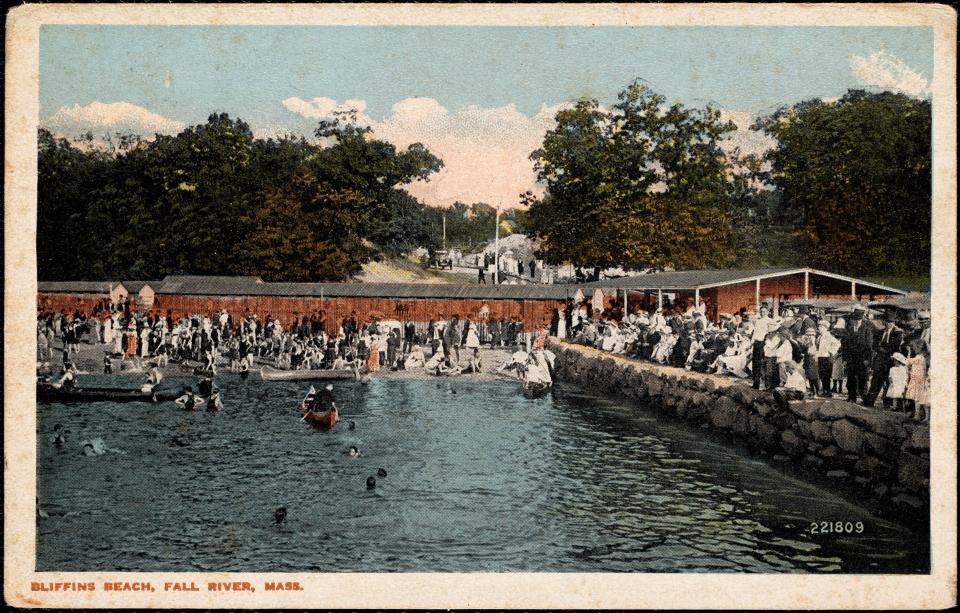
When Fall River's Steep Brook was the center of town
The area was initially home to Wampanoag and Pocasset Native people before being settled by Europeans in 1680 after King Philip’s War. Over the 18th and early 19th centuries, Steep Brook grew as the center of town, with homes and farms flourishing.
“Steep Brook is the initial administrative and religious center of Fall River and the site of its first town-house,” the presentation noted.
That town hall was built in the early 1800s at North Main Street and Wilson Road, just after the southern half of Freetown split off to become the new town of Fallriver.
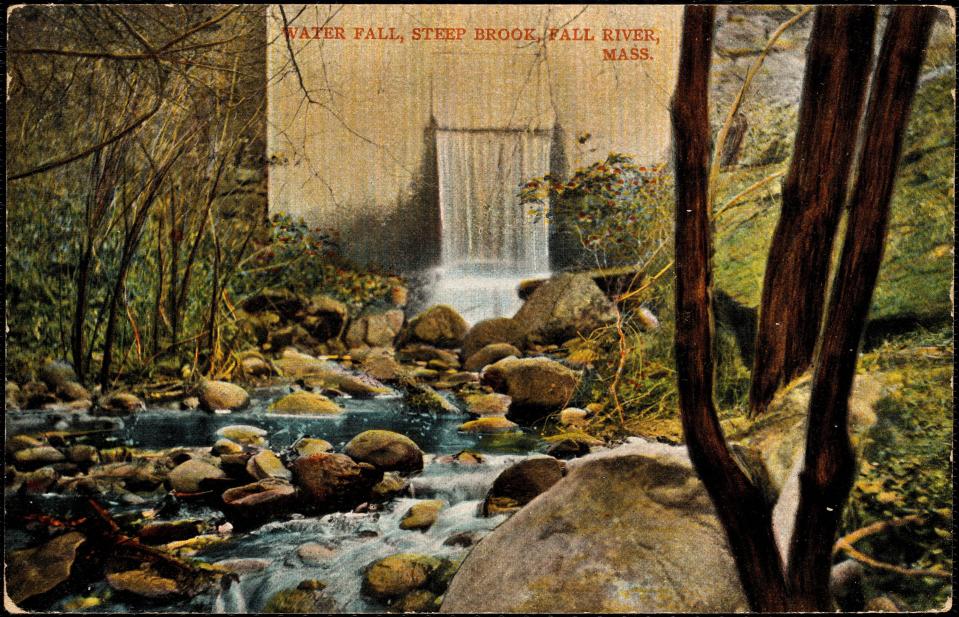
Town Hall moved to what we now know as downtown in 1836, when Fall River shifted from agriculture to water-powered industry as the Industrial Revolution went full steam ahead. But Steep Brook retained its character.
Steep Brook had its own churches, blacksmith shop, grocery stores, post office — Fall River’s first — sawmill, grist mill, schools, restaurants, hotels, amusement parks and more.
At Wilson’s Wharf, near what is now Captain O’Connell’s boat house on River Street, and other wharves in the neighborhood, there was a lively shipbuilding trade. Clay was discovered in the area, which was mined and used in masonry production. Ice was harvested on ponds and shipped out as pre-electric refrigeration. With stagecoach, train and streetcar connections, Steep Brook was Fall River’s shipping and transportation hub to Boston and Providence, with a stop for passengers at the Green Dragon Inn.
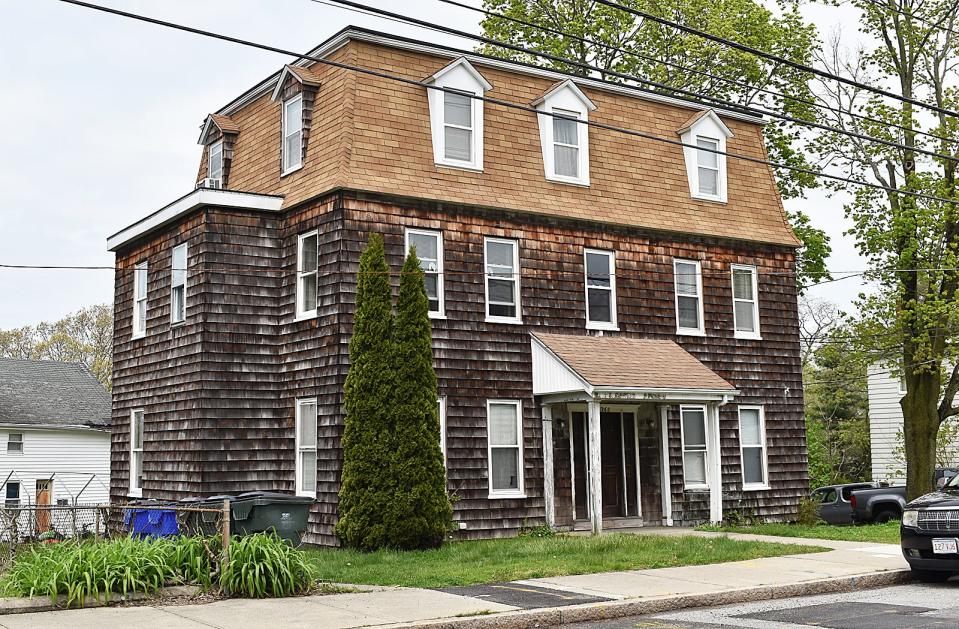
Steep Brook was also a center of entertainment for decades. Forest Hill Gardens featured “an amusement hall, skating rink, dance hall, restaurant, clam house, a hotel and even a theater at one point,” according to the presentation. Bliffins Beach was a popular swimming area that lasted into the 20th century, with swimming races from there to Sandy Beach in the city’s far South End.
Most of these places are now gone. Forest Hill Gardens stood about where the Weaver’s Cove MBTA layover station is today. Bliffins Beach, which was just south of Captain O’Connell’s, was destroyed; it now sits abandoned and unreachable. The Green Dragon is now a three-family home at 3262 N. Main.
“There are a lot of missing pieces to the different recreational venues that we read about,” said Seehaus. “Reading about all these things that used to exist and either don’t exist now or there are very subtle remnants of was very surprising.”
Preserving old school building: Fall River wants to sell decrepit Silvia School again. Their vision for it is wide open.
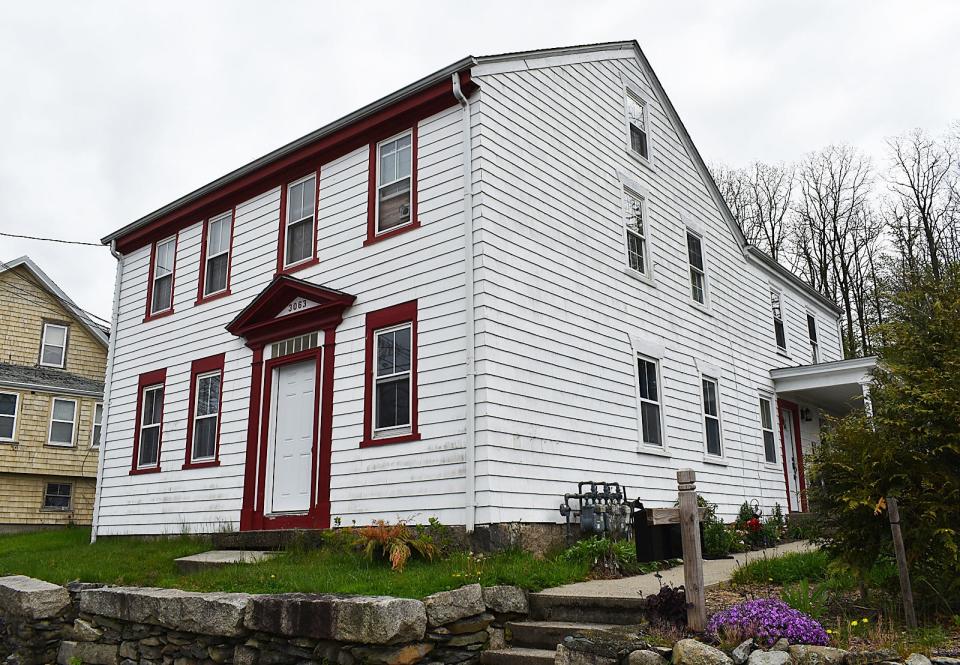
Steep Brook's historic properties, and those we can add to the list
Today, Steep Brook is a quiet neighborhood, largely residential. As the rest of the city evolved, it remained relatively untouched by urban development. The RWU project noted that Steep Brook has a few properties already deemed historic and others that could make the National Register of Historic Places.
“Steep Brook stands out from the rest of Fall River, where the majority of pre-Industrial properties have been demolished,” said RWU student Erin LoMonaco.
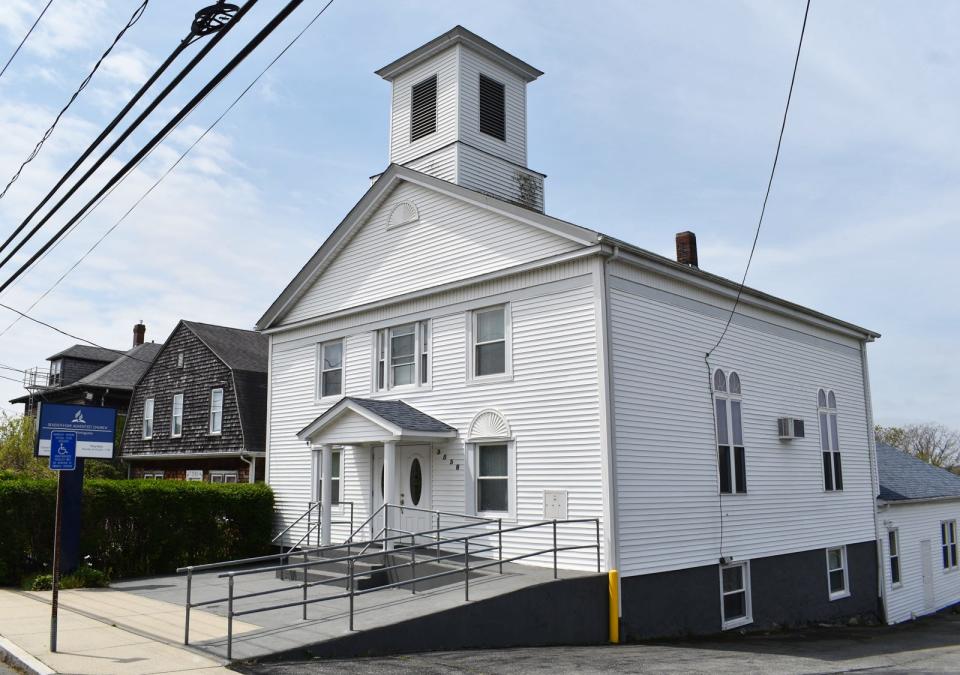
These four properties are already on the National Register of Historic Places:
3775 N. Main St.: Built around 1800, named for William Collins.
3538 N. Main St.: Built in 1842, the North Christian Congregational Church.
3063 N. Main St.: Built in the mid- to late 1700s, named the Borden-Winslow House; the presentation noted that it’s “thought to be one of Fall River’s oldest buildings.”
2634 N. Main St.: Built in 1806, the Squire William Barnabas Canedy House is thought to be one of Fall River’s stations on the Underground Railroad.
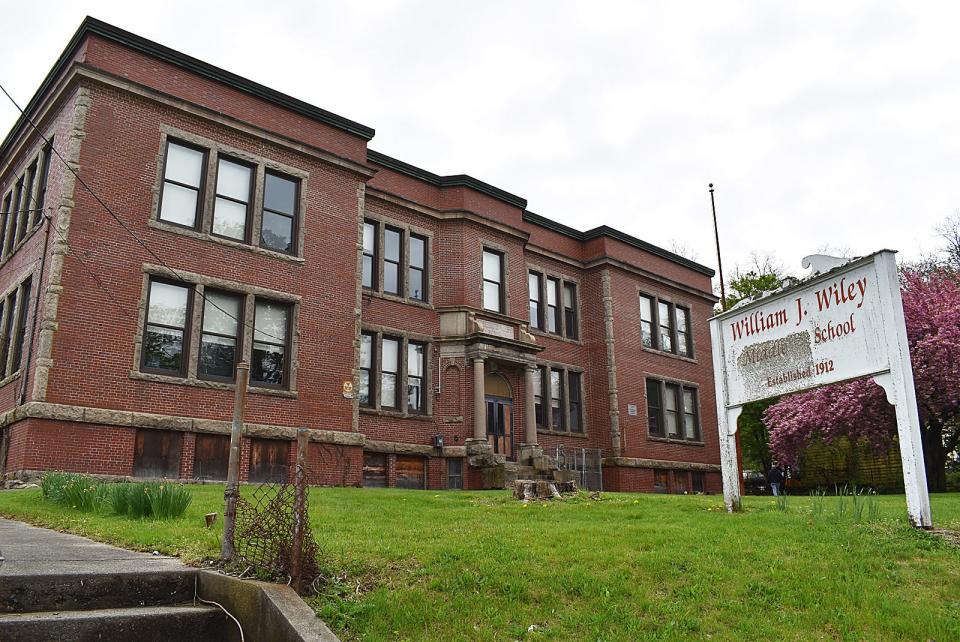
The RWU students surveyed 32 buildings in Steep Brook and found four more that are eligible for inclusion on the National Register:
2585 N. Main St.: Built in 1911, the William J. Wiley School, which currently stands empty.
3100 N. Main St.: Built around 1900, the Mercy Winslow House.
3562 N. Main St.: Built in the early 1800s, “a rare surviving half-house.”
4042 N. Main St.: Built in 1785, reportedly built by Revolutionary War Capt. Jael Hathaway.
6 homes part of Black history: Fall River was an Underground Railroad junction -- see where
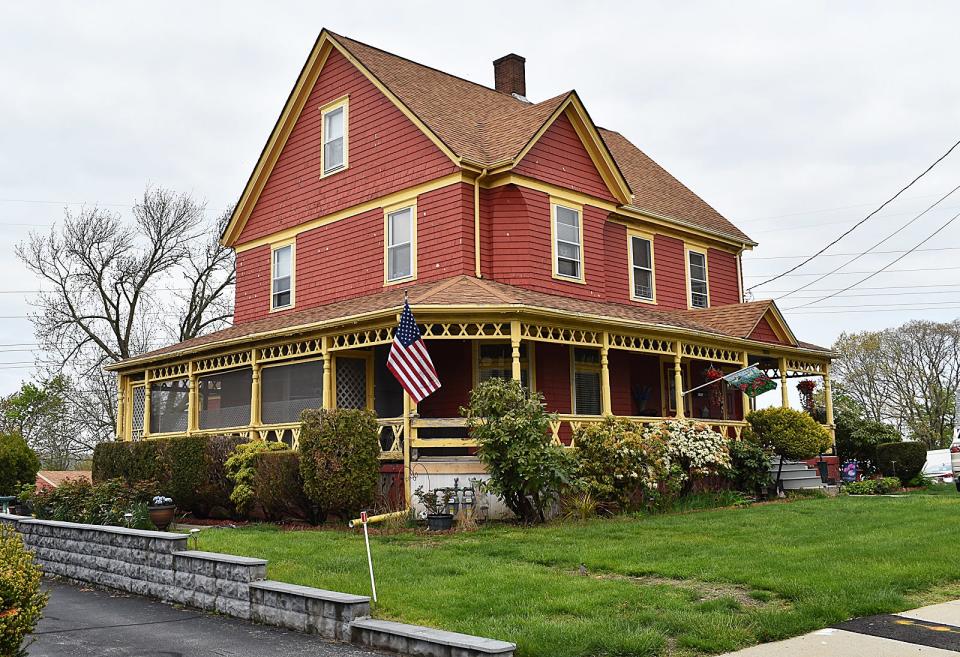
Further steps to protect Steep Brook neighborhood and its 'brand'
The RWU students’ months-long project was originally initiated by the late Al Lima, a Fall River historian, and moved forward by Historical Commission member Rick Mancini. The research was shared with the board, with plans to make it publicly available.
It doesn’t end there, however.
“We recommend that a larger and much more comprehensive study be conducted,” said RWU student Elizabeth Brown.
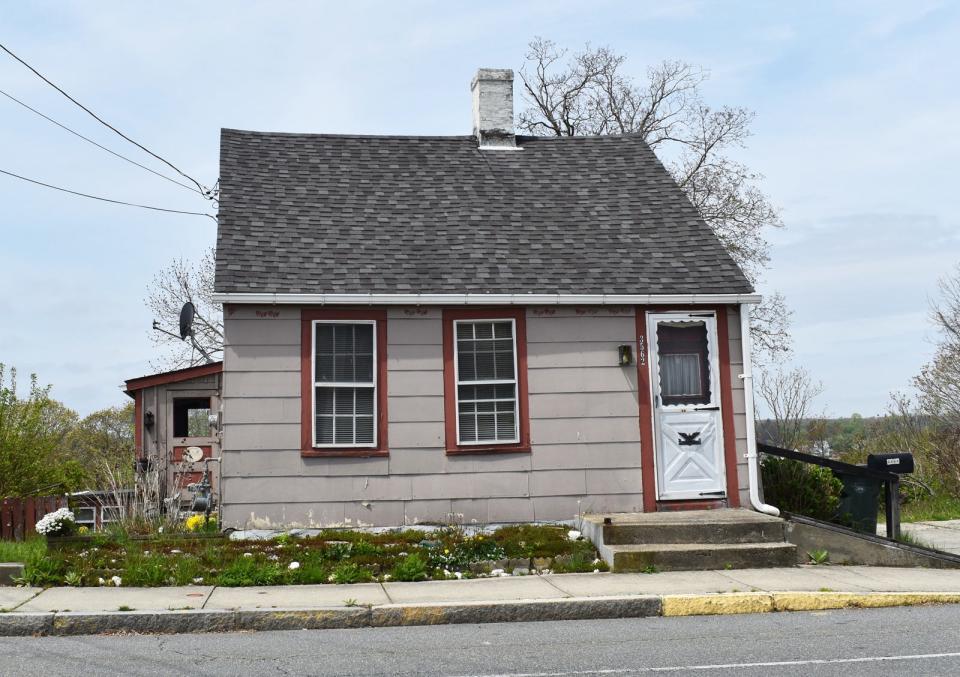
The project suggested further steps, including making Steep Brook a registered historic district, conducting oral histories with current and former Steep Brook residents, and put up markers noting points of historical interest. Commission Chair Jason Bouchard-Nawrocki said the board would make it a long-term project.
“Additionally, redesignating, or branding, the neighborhood as Steep Brook, would serve to continue its narrative and to connect the current neighborhood to its past,” Brown said.
Fall River Mayor Paul Coogan, who awarded the students with citations, invited them to “come back and do another section of the city. ... Your presentation taught me more than I knew.”
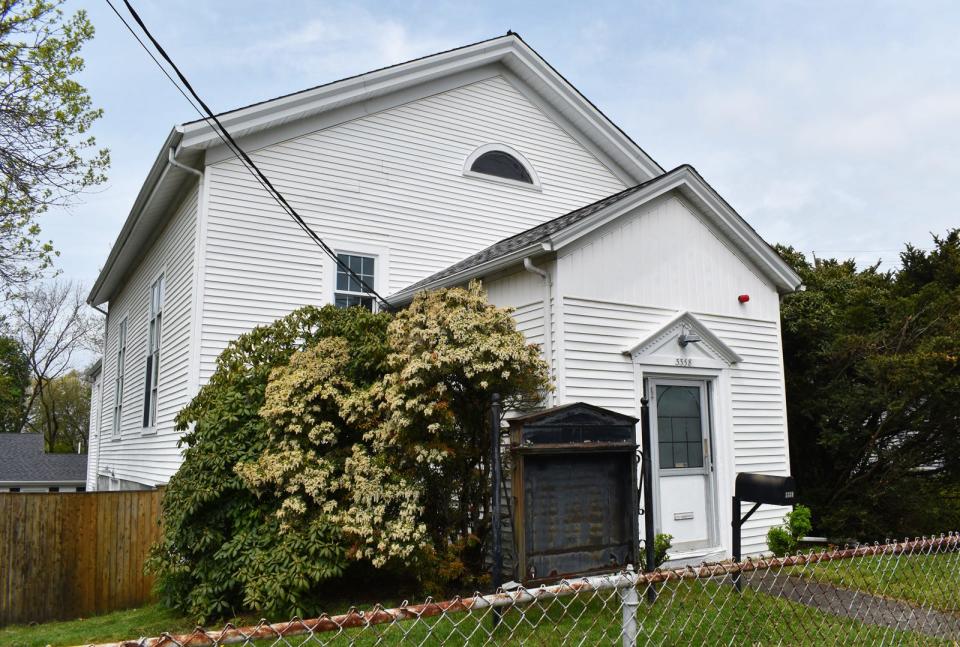
Mancini said he was hoping to create an event for members of the Steep Brook neighborhood to view the research.
“This is a good shot in the arm for us to help promote in the city,” he said. “This presentation is going to be used extensively.”
Noting how the research provided a look back at a largely forgotten chapter of Fall River history, Commission member Joyce Rodrigues said, “You will never be able to go down North Main Street again without knowing every inch of the area.”
Dan Medeiros can be reached at dmedeiros@heraldnews.com. Support local journalism by purchasing a digital or print subscription to The Herald News today.
This article originally appeared on The Herald News: Students: Save homes in Fall River's historic Steep Brook neighborhood

